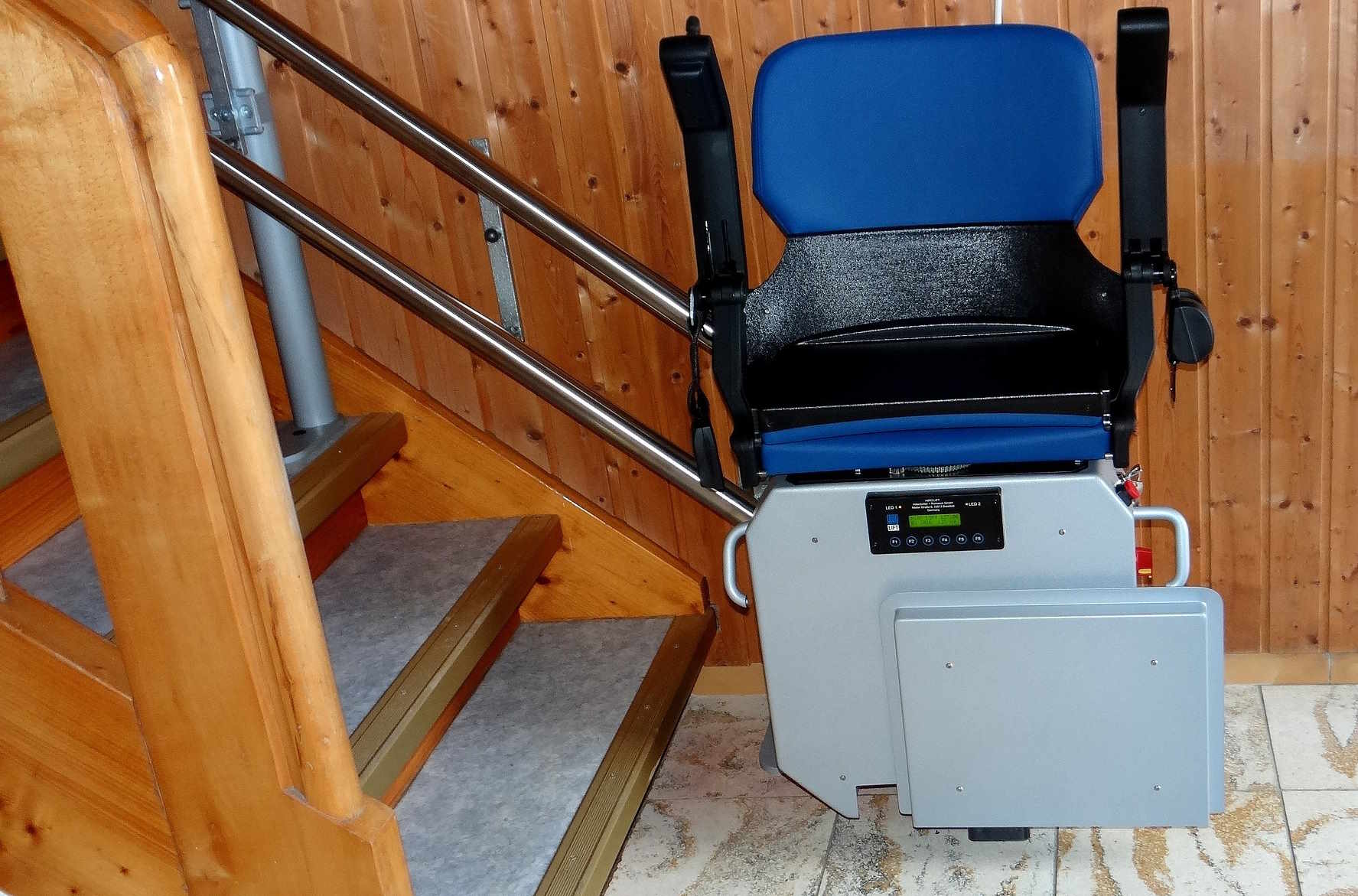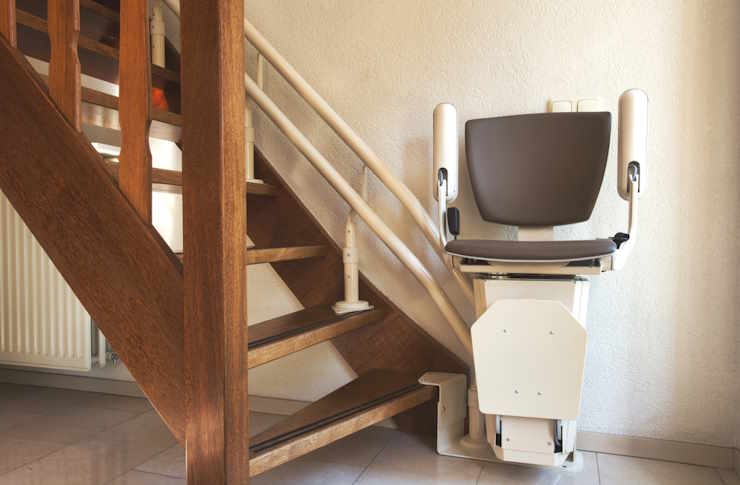Porcelain Shells for Smile Restoration: Procedure, Costs, and Longevity
Porcelain shells—commonly called porcelain veneers—are thin ceramic coverings bonded to the front of teeth to improve appearance, alignment, and surface integrity. Used in cosmetic dentistry for decades, they address chips, stains, gaps, and minor misalignment while preserving or enhancing smile aesthetics. This article outlines how porcelain veneers compare to composite alternatives, what to expect from the bonding and contouring process, real-world cost considerations, and practical tips for maximizing longevity and aftercare.

This article is for informational purposes only and should not be considered medical advice. Please consult a qualified healthcare professional for personalized guidance and treatment.
What are porcelain veneers?
Porcelain veneers are wafer-thin ceramic shells fabricated to fit the visible front surface of a tooth. In cosmetic dentistry they are chosen for their translucency and color stability, which can closely mimic natural enamel and produce a uniform, balanced smile. A technician uses impressions and shade selection to craft each piece so it matches adjacent teeth and facial proportions. Because porcelain resists staining and can be contoured to precise shapes, it is often preferred when long-term aesthetics are a priority over short-term cost savings.
How do porcelain and composite options compare?
Porcelain and composite materials serve similar restorative and aesthetic roles, but they differ in composition and durability. Composite veneers are built directly on teeth using resin that bonds to enamel and can be shaped chairside in a single visit; they are typically less expensive but more prone to staining and wear. Porcelain veneers require laboratory fabrication and multiple appointments, yet offer greater scratch resistance and longevity. When weighing options, consider durability, cost, repairability, and the desired final appearance rather than marketing terms.
What happens during bonding and contouring?
The clinical process usually begins with assessment, digital imaging, and shade matching. Minimal enamel reduction is often performed to create room for the veneer and to ensure a natural contour. The tooth surface is etched and treated so bonding agents can adhere reliably to enamel; proper bonding is critical for retention and resistance to microleakage. Temporary restorations may be used while lab-made veneers are prepared. At final placement the dentist checks fit, makes fine contouring adjustments, and polishes margins to blend with natural enamel.
How are shade and overall aesthetics chosen?
Shade selection and shape design are collaborative steps involving dentist, patient, and lab technician. Aesthetic considerations include tooth proportion, smile line, skin tone, and the translucency of existing enamel. Digital mock-ups or trial veneers may be used to preview results. Porcelain materials allow nuanced shade layering to replicate enamel depth, while contouring can correct minor alignment issues. Clear communication about desired whiteness, translucency, and expected outcome helps set realistic expectations.
What affects durability and required aftercare?
Durability depends on material choice, bonding quality, occlusion (bite forces), and patient habits. Porcelain veneers generally offer good long-term durability when properly bonded and protected from excessive force. Avoiding hard foods, not using teeth as tools, and wearing a night guard if you grind will reduce risk of chipping. Routine oral hygiene—brushing with a non-abrasive toothpaste, flossing, and regular dental exams—supports both the veneer and underlying enamel. If repair is needed, composite can often be used to patch small defects; larger damage may require replacement.
Costs, providers, and cost comparisons
Real-world pricing varies by material, laboratory, clinician expertise, and geographic location. Porcelain veneers often carry higher upfront costs than direct composite bonding but may offer longer service life, which can affect overall value. Below is a comparison of commonly referenced products and service options with typical cost ranges. Local services and clinic fees will change these estimates, and individualized treatment plans may include preparatory work such as gum shaping or orthodontic alignment that affect final costs.
| Product/Service | Provider | Cost Estimation |
|---|---|---|
| Porcelain veneers (custom) | Local dental clinics / dental labs | $900–$2,500 per tooth |
| Lumineers (thin, no-prep porcelain) | DenMat | $800–$2,000 per tooth |
| IPS e.max (lithium disilicate porcelain) | Ivoclar Vivadent / partnered labs | $1,000–$2,600 per tooth |
| Composite veneers / direct bonding | General dental practices | $300–$800 per tooth |
Prices, rates, or cost estimates mentioned in this article are based on the latest available information but may change over time. Independent research is advised before making financial decisions.
Conclusion
Porcelain shells offer a durable, stain-resistant option for smile restoration with a focus on aesthetics and natural-looking results. Choosing between porcelain and composite requires balancing cost, expected longevity, and the extent of restoration needed. Proper bonding, careful shade selection, and consistent aftercare are central to achieving a lasting outcome. Discuss material options, lab credentials, and a full treatment plan with a qualified dental professional to determine the most appropriate approach for your smile.




